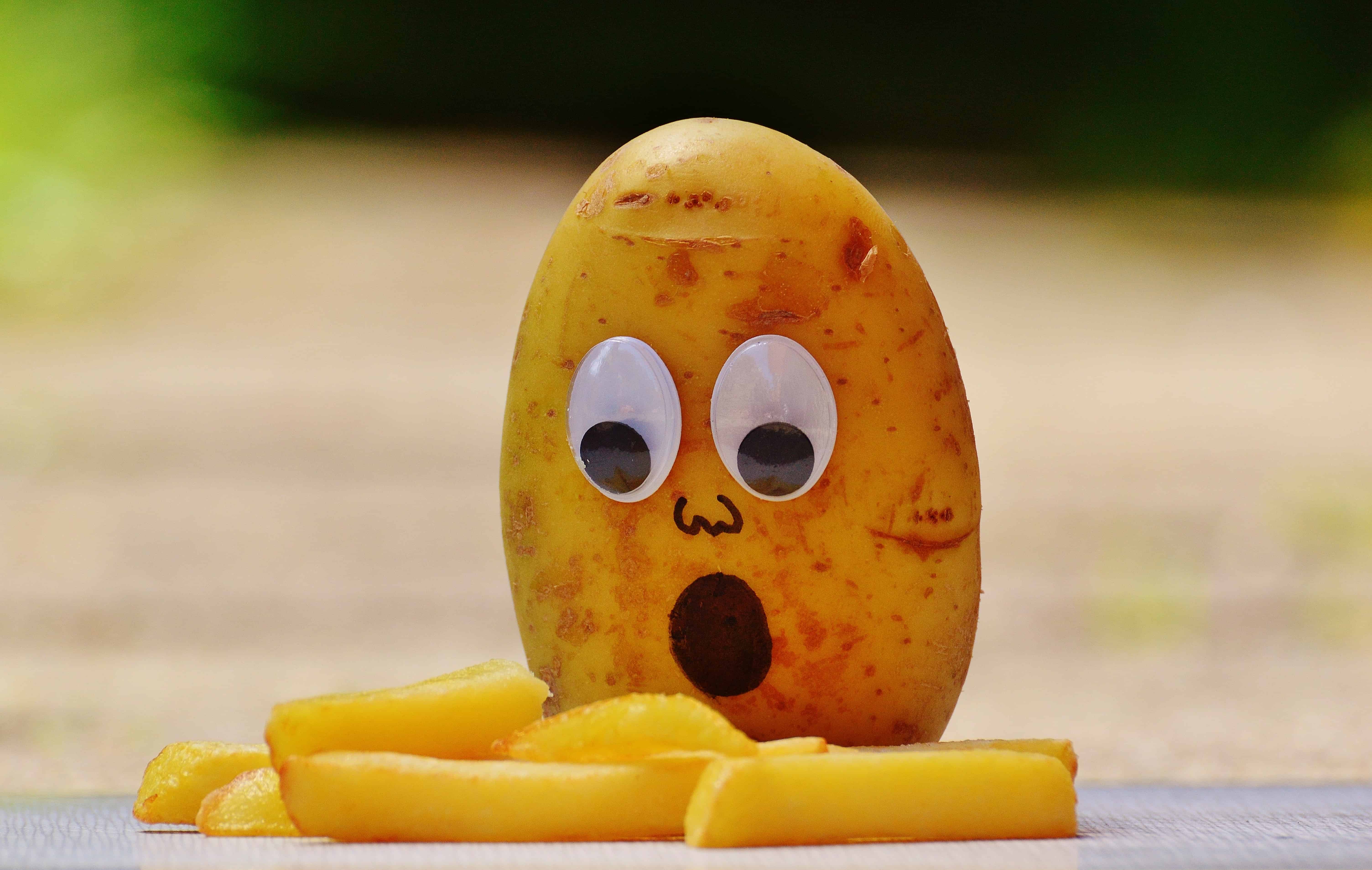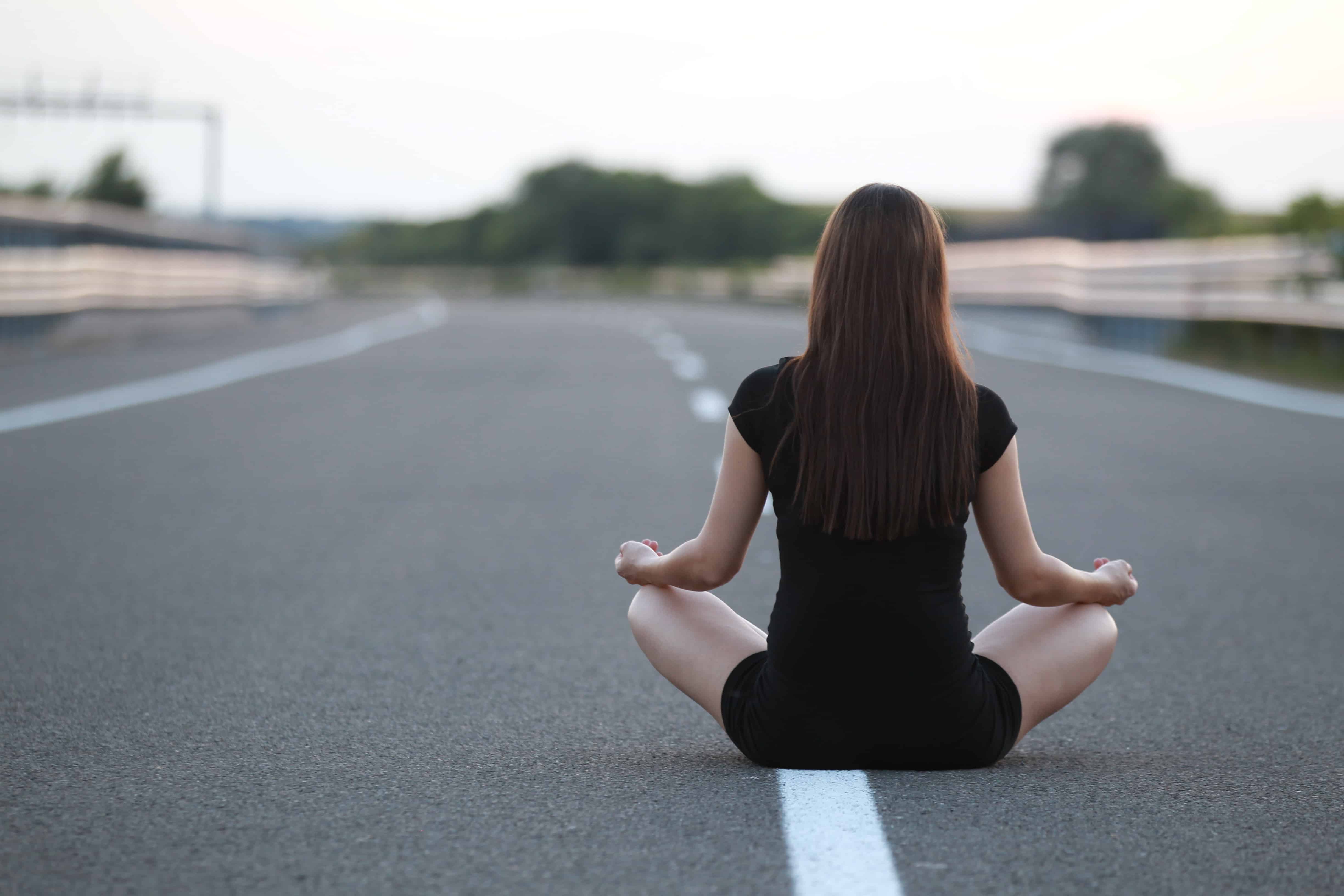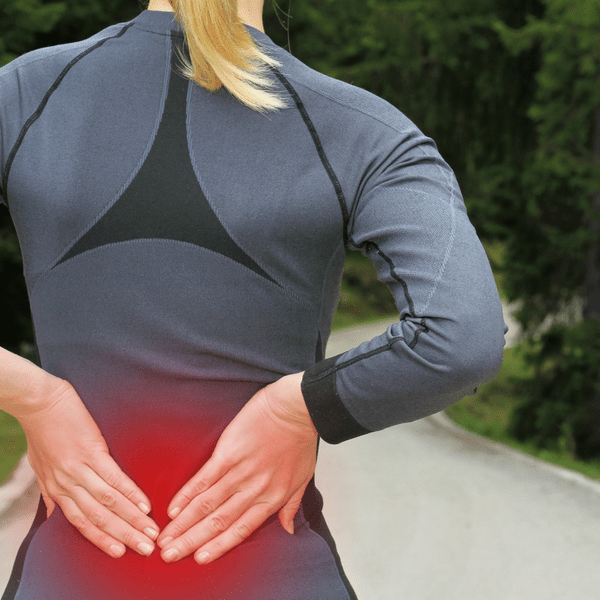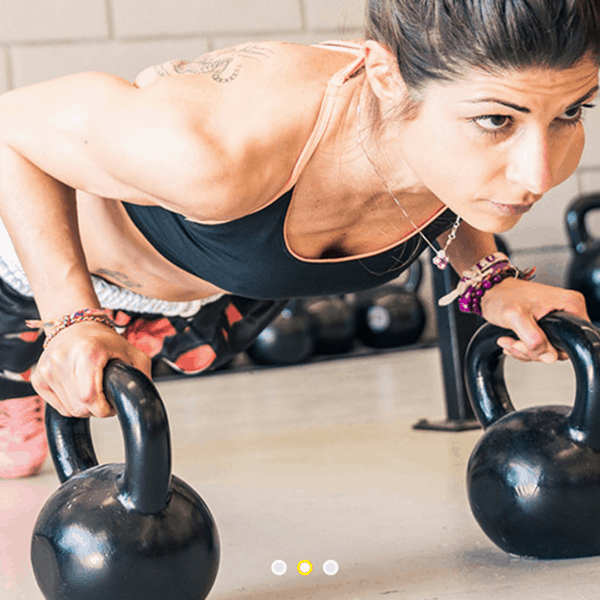Welcome back to my six part series on sciatica. Today we are going to talk about yet another culprit who may be responsible for your leg pain, Spinal Stenosis. Let’s quickly cover some of the facts surrounding Spinal Stenosis before we get into the part we are all interested in, treatment. It is estimated that 13-14% of all specialty doctor visits and 3-4% of all primary care doctor visits for people with low back pain end up with the diagnosis of lumbar spinal stenosis. This is a diagnosis that typically comes with age maturity. I’m not going to say the “O” word.
So what is Spinal Stenosis anyways? Spinal Stenosis is a closing or narrowing of the space surrounding the spinal cord (Central Stenosis) or the nerve root (Foramenal Stenosis). The narrowing usually comes by way of bone growth over a period of time. In some circumstances, the central canal stenosis can be caused by either a disk or bone growth.
Now that we know what Stenosis is and what causes it, let’s talk about the mechanics of the spine and then we will get into symptoms. Because Spinal Stenosis is a narrowing of either the Central Canal or one or more Foramen, people with this condition feel BETTER with flexion (bending forwards) and WORSE with extension (standing up straight or leaning backwards). I’m sure you are now wondering, “Why?” Without going too deep, when the spine flexes, it “opens up” the Central Canal and Foramen, decreasing the pressure on that sensitive nervous system. Conversely, when someone with Spinal Stenosis stands up straight or leans backwards, it closes down those openings, effectively putting pressure on the very nerves that are causing their pain.
Symptoms for Spinal Stenosis present in a very predictable pattern. As mentioned earlier, people with spinal stenosis tend to want to flex or bend forwards to keep the pressure off those sensitive nerves. However, when the pressure on those nerves becomes too much, a deep ache or cramp will go down the leg or legs and is typically accompanied by cramps in the calves and/or feet. These symptoms can be relieved almost immediately with either leaning forwards on something like a shopping cart or sitting down. Symptoms usually resolve within just a few minutes and the person is ready to resume standing, walking, etc. Then after a certain period of time of standing or walking, symptoms return and the cycle repeats itself.
Does this sound like you? From the statistics mentioned above, your chances are relatively low, given that lumbar spinal stenosis is not a majority stake holder when it comes to low back pain. But, of course, the diagnosis does exist and there are people out there (maybe it’s you) who have it. So now we are at a point where we can start to talk about what to do for this condition. The treatment plan I am going to give you comes from research done back in 2006 that looked at which physical therapy interventions were best for people with Spinal Stenosis. The conclusion was patients who received manual therapy, exercise and body weight support treadmill training got better. OK, that was a LOT of physical therapy speak so let me explain each.
Manual therapy is nothing more than a therapist putting his or her hands on you while utilizing therapeutic techniques such as stretching, joint mobilization etc. In this article, the manual therapy techniques utilized were not specifically listed because each patient was treated as deemed necessary by the therapist. But they did do stretching and joint mobilization to the Thoracic (think rib cage) spine and Lumbar Spine (low back) as well as stretch the surrounding musculature.
The exercises to relieve sciatica were single and double knee to chest exercises for three bouts of 30 seconds each. These exercises makes sense because you are activating the muscles that flex the trunk as well as passively adding a little bit of flexion to the spine. I have seen this exercise in my own practice truly give relief to those who really do have Stenosis.
The last intervention is body weight support treadmill training. That is a mouthful to say! Essentially what happens is, you get strapped into a harness that goes around the ribs. Then the harness you are wearing gets hooked into a machine that is over a treadmill. The machine holding you up gives mild traction or an upward pull on the spine as you walk on the treadmill. This creates that opening we were talking about while simultaneously allowing your body to enjoy the aerobic exercise it needs to get better.
I’m sure by now it has become apparent that treating yourself if you have Spinal Stenosis is difficult. I agree with you. If you have been diagnosed with Spinal Stenosis by your doctor, it would definitely benefit you to spend some 1 on 1 time with a qualified physical therapist so he or she can identify the specific tight and weak structures in your body that may be contributing to your inability to stand or walk for long periods of time. The good news is that people really do see dramatic results with the combination of exercise, manual therapy and treadmill training. If you think you might have Spinal Stenosis or just want to talk about your current condition, please give me a call at 479-402-9400 so we can discuss your concerns.




